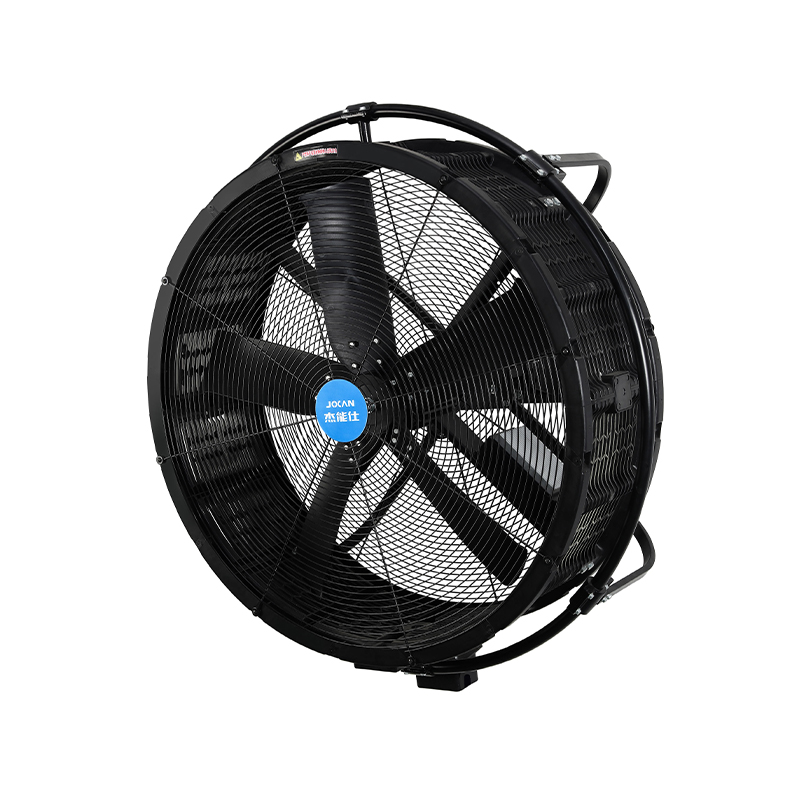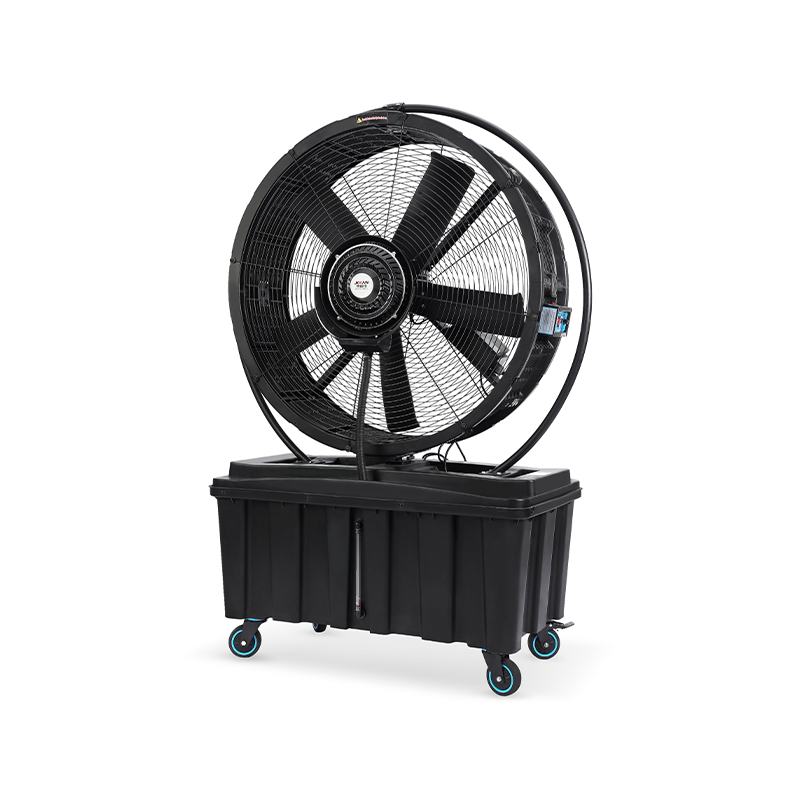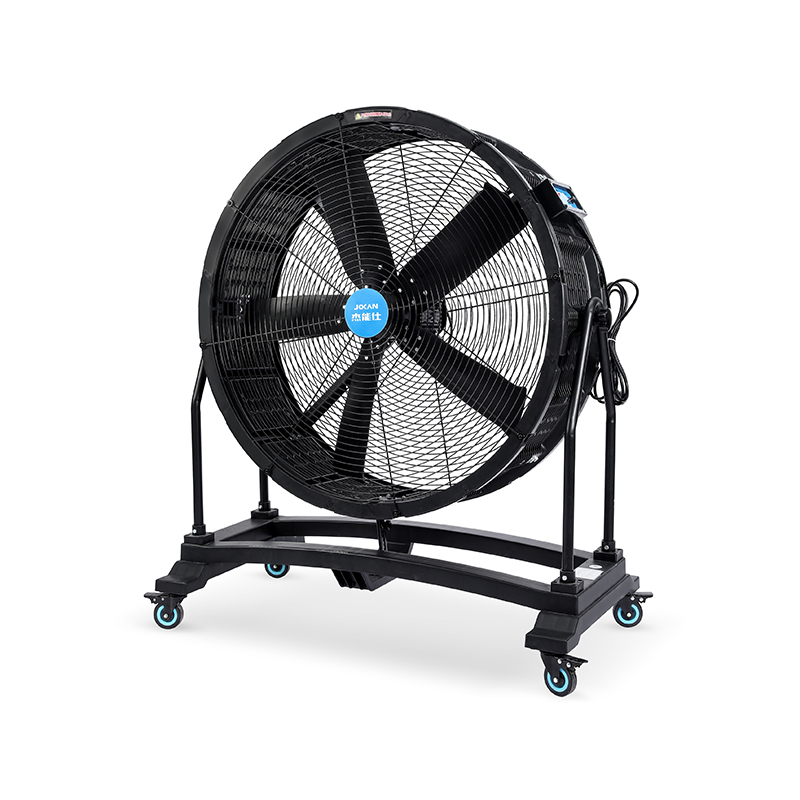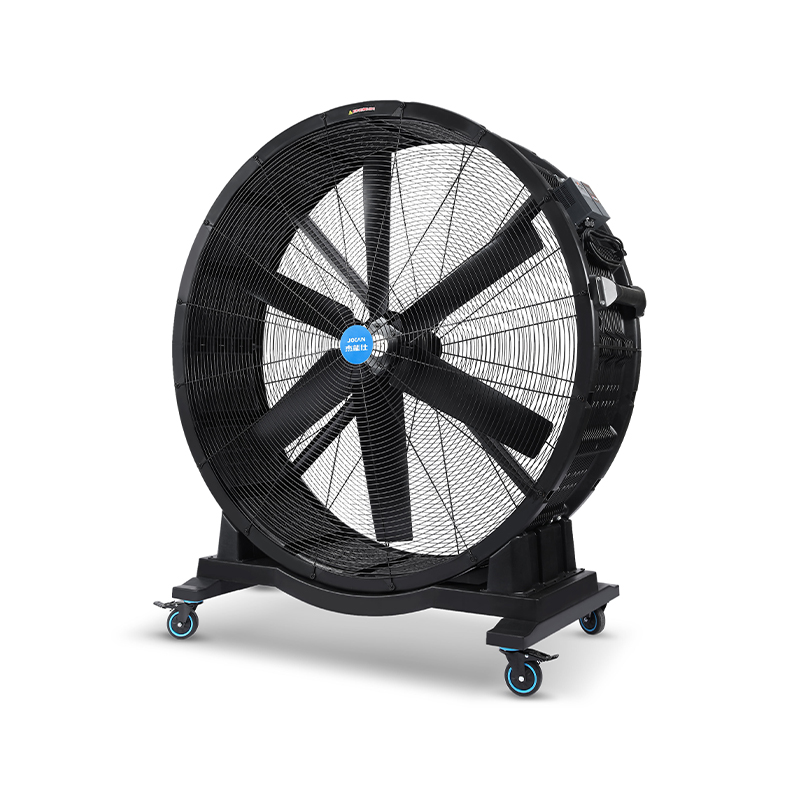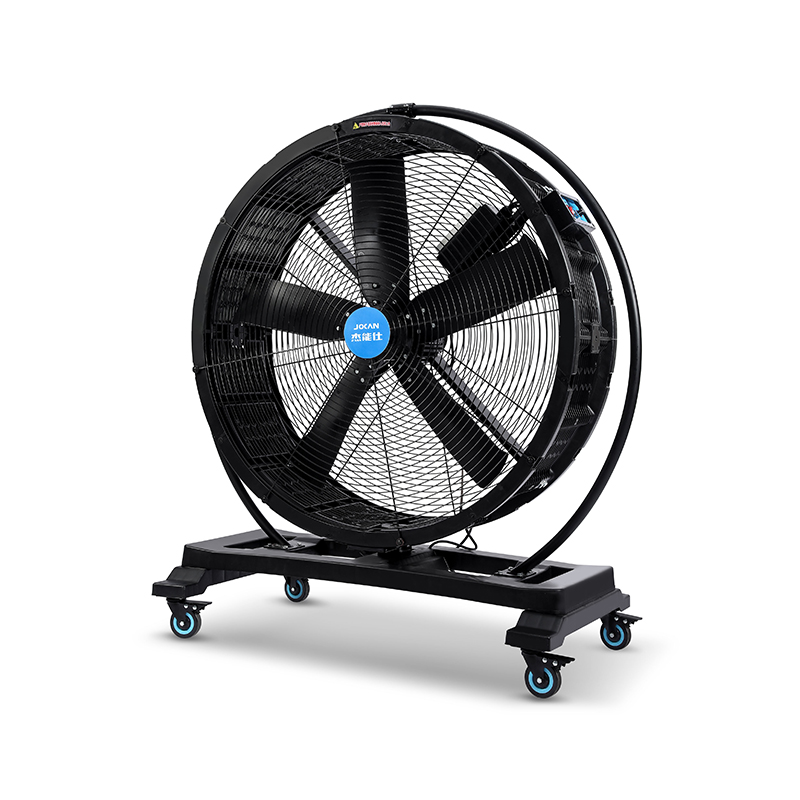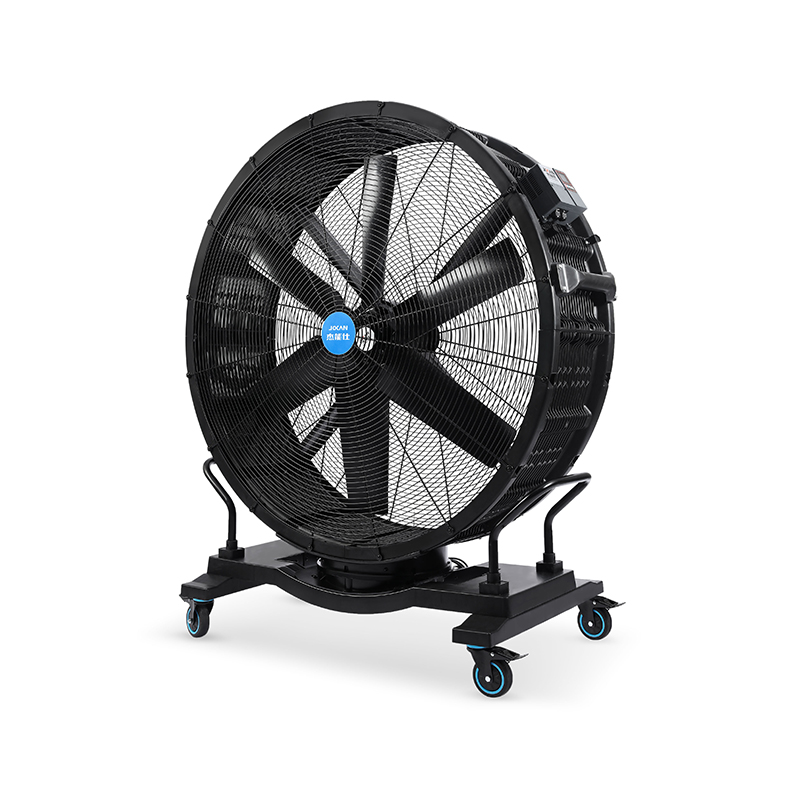Growing awareness of energy conservation has shifted the way buildings manage ventilation and air circulation. Integrating an EC fan with a fresh air fan provides a solution that supports both indoor comfort and environmental responsibility. These systems combine efficient motor technology with steady air exchange, helping reduce energy demand while improving air quality in homes, offices, and industrial spaces.
Why EC Technology Matters for Ventilation
An EC fan operates with electronically commutated motors that adjust speed according to actual demand. This means the fan does not consume the same level of power at all times but instead adapts to airflow needs. Compared with fixed-speed alternatives, the ability to regulate motor output reduces unnecessary energy use and lowers heat generation. When applied to ventilation systems, this feature ensures steady airflow while reducing electricity waste, which is becoming an increasing priority in energy-efficient building design.
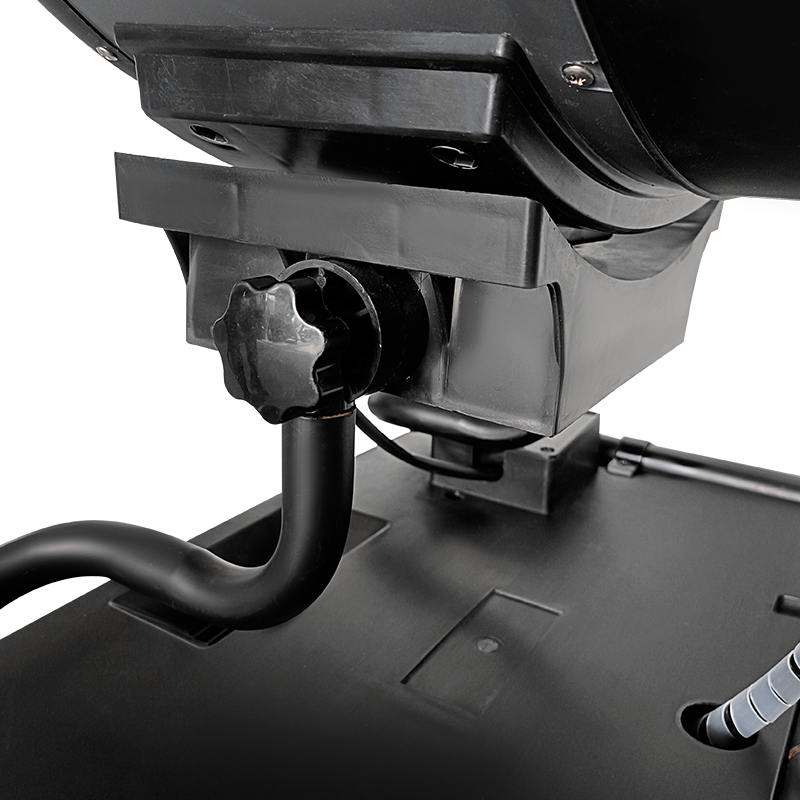
The Role of Fresh Air Fans in Indoor Quality
Fresh air fans are designed to introduce outdoor air into indoor environments, replacing stale air that often accumulates in sealed buildings. This exchange reduces the buildup of pollutants such as dust, carbon dioxide, and volatile compounds. By managing air movement naturally, fresh air fans lessen the reliance on mechanical heating or cooling, especially during moderate seasons. This helps balance comfort with efficiency while also supporting healthier indoor environments.
Combining Efficiency with Air Exchange
Pairing EC fans with fresh air fans allows building operators to strike a balance between ventilation quality and power savings. While the fresh air fan handles the air renewal, the EC fan ensures that the process uses less necessary energy.Together, they create a system that adapts to varying occupancy levels and environmental conditions. For example, during peak usage hours in offices or schools, fans can increase speed to maintain air quality, while at lower occupancy, they can scale back to conserve energy.
Energy Savings in Practical Use
Ventilation systems often account for a significant portion of electricity consumption in commercial and residential spaces. EC fans lower this impact by operating with higher efficiency levels than traditional motors. Since electricity generation is directly tied to carbon emissions in many regions, reducing power demand through more efficient fans directly supports efforts to shrink a building’s carbon footprint. In everyday use, this means lower utility costs for users and a measurable contribution to sustainability goals.
Design and Installation Considerations
To fully benefit from EC fan systems, proper design and installation are important. The fan’s capacity, placement, and integration with existing ductwork affect overall performance. Aligning the fan setup with room layout and occupancy ensures that both airflow and efficiency targets are met. Integrating control systems that monitor air quality or occupancy further enhances the performance of EC fans, allowing automatic adjustment without constant manual input.
Maintenance for Consistent Performance
Like any ventilation equipment, EC fan systems require regular maintenance to operate effectively. Cleaning filters, inspecting blades, and ensuring motor function are all essential steps. Because EC fans operate at lower heat levels, they often experience reduced wear, but fresh air fans that bring in outdoor air may accumulate more debris and require additional cleaning. A consistent maintenance schedule helps preserve both air quality and energy savings, ensuring the system continues to deliver long-term value.
Broader Impact on Sustainable Building Goals
As building standards continue to evolve, energy-efficient ventilation is becoming an integral part of certification programs and sustainability frameworks. EC fans, when combined with fresh air ventilation strategies, make it easier for designers and operators to meet these expectations. Beyond regulatory requirements, the broader benefit is creating spaces that consume less energy while maintaining healthier conditions for occupants. By adopting this approach, buildings can manage energy use responsibly without compromising indoor comfort.
 Add: Plot 23, Huanglang Industrial Zone, Jinqing Town, Luqiao District, Taizhou City, Zhejiang Province
Add: Plot 23, Huanglang Industrial Zone, Jinqing Town, Luqiao District, Taizhou City, Zhejiang Province
 TEL: +86-13586083215
TEL: +86-13586083215

 English
English English
English عربى
عربى 한국어
한국어


